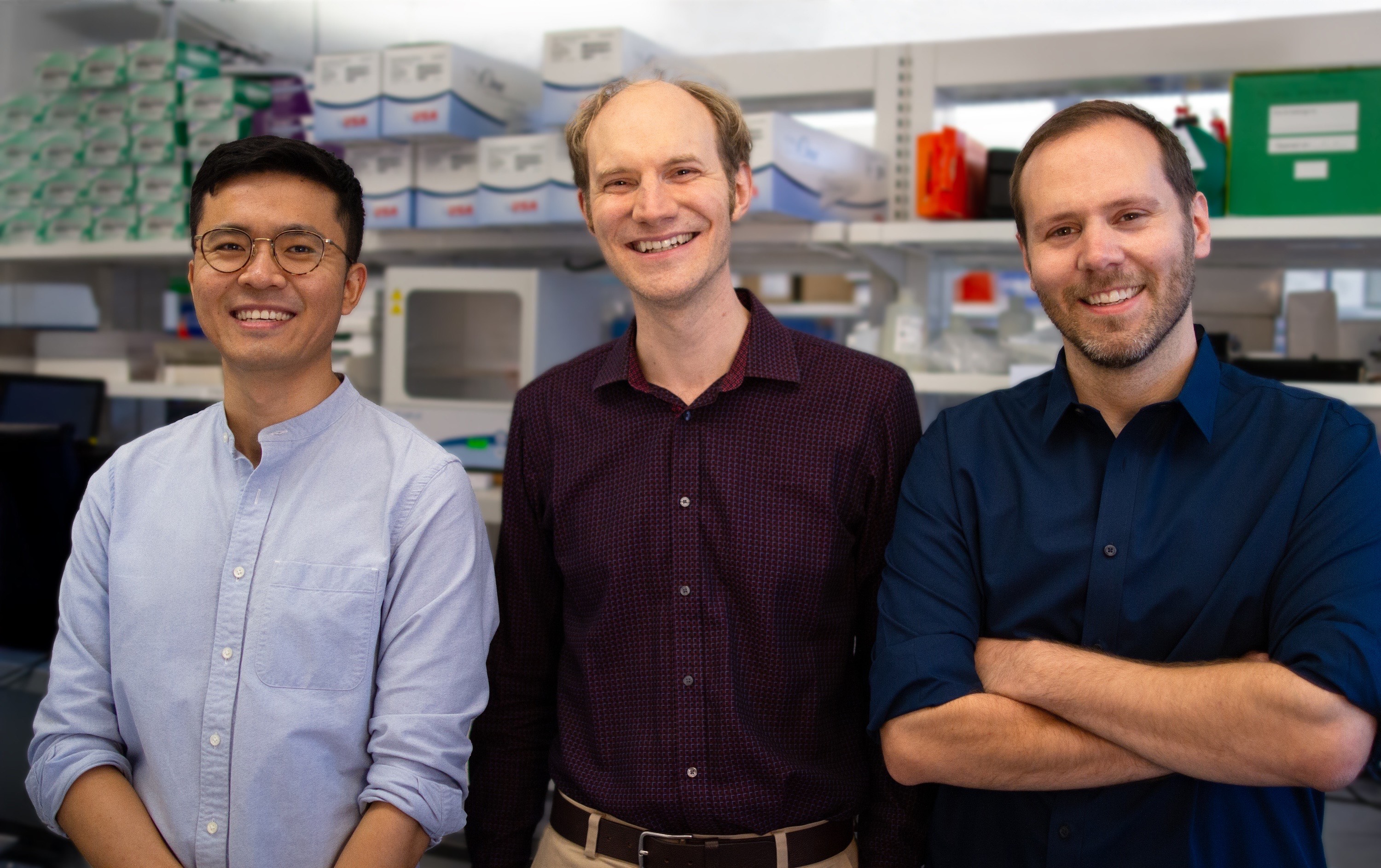Cutting Through the Controversy: CRISPR in Action
Every revolution comes with its controversies—and the medical and scientific revolution now being ushered in by CRISPR/Cas9 genome editing technology is no exception. Since its realization, CRISPR has come under heavy fire from ethicists, scientists, and members of the public who believe that this game-changing technology, which gives researchers the ability to rewrite the DNA of living organisms, spells trouble.Many contend that CRISPR is the gateway to human germ line editing and a dystopian future where we will pick and choose the traits of our children. Others fear that CRISPR-altered organisms will “get loose” and wreak havoc on ecosystems by propagating their engineered genomes within wild-type populations. Earlier this year, U.S. Director of National Intelligence James Clapper even dubbed gene editing technologies like CRISPR “weapons of mass destruction” in a statement that left many in the synthetic biology community both shocked and confused.As CRISPR continues to gain traction, a dark cloud of controversy and fear-mongering is settling around it. Through this cloud it can sometimes be difficult to see the truth: that this technology has the potential to accomplish some truly incredible things that will make the world a better place—and indeed, it already is.CRISPR is becoming a major driving force behind the synthetic biology industry. Dozens of startups have rallied around the technology, including (to name just a few) Caribou Biosciences, Editas Medicine, Intellia Therapeutics, Synthego, Eligo Bioscience, Cellectis, and Desktop Genetics. It is also becoming a foundational technique in a great deal of new and cutting-edge research into human health. CRISPR is so versatile and impactful, there’s probably at least one problem in your everyday life that CRISPR has the potential to solve.Here we will highlight some of the amazing progress that CRISPR is enabling to help shine a light through that dark cloud and give CRISPR the credit it deserves.Programming the immune system to fight cancerA great place to start in our review of CRISPR-enabled advancements is the first ever clinical trial of CRISPR to be approved by a federal panel in the U.S. In the trial, CRISPR will be used to rewrite the DNA of T cells, an important component of the body’s adaptive immune system. Researchers hope that the genetic reprogramming will make them more effective at identifying and destroying cancerous tumor cells. In addition, because T cells also mediate the immune response in HIV infections, researchers are also exploring the possibility of using CRISPR to cure HIV. Some success has already been reported in curing HIV in non-human animals and in isolated samples of human cells.Making mosquitoes immune to malariaResearchers are not just trying to use CRISPR to address infections after they’ve already happened—they are also trying to prevent them by targeting infectious carriers. One example of such a carrier is the mosquito responsible for transmitting the parasite that causes malaria. Scientists have used CRISPR to engineer the genomes of mosquitoes, providing them with a resistance to malaria that they pass on to their offspring. If populations of these mosquitoes were released and allowed to breed with wild type populations, they could go a long way toward reducing transmission of malaria in regions where the disease has been endemic for decades.

Anopheles gambiae, one of the species of mosquito that carries and transmits the malaria-causing parasite.Unraveling the mysterious epigenomeThere’s no doubt that CRISPR is implicated in countless flashy, futuristic pieces of research. But some contend that the real CRISPR revolution is a more humble one happening right under our noses: CRISPR may offer the key to unraveling the epigenome, a much studied but poorly understood dimension of genetics. The epigenome consists of chemical groups, such as methyl and acetyl groups, and histone proteins that adorn DNA molecules at various locations. Although these groups do not affect the nucleotide sequence of the DNA they are attached to, they are known to have profound effects on the expression of genes. Researchers have developed a way to use CRISPR to alter epigenetic chemical groups and thereby determine what effect their presence and absence has on gene expression in a cell. This particular capability of CRISPR has the potential to unlock a vast spread of variables that scientists have never before been able to manipulate and lead us down the path to understanding the importance of the epigenome in gene expression and disease.Revolutionizing agricultureAnother area where CRISPR is being used is to improve the performance of important agricultural staples. Plant scientists have been creating transgenic crops for years by splicing genes for pest resistance, herbicide resistance, drought resistance, and improved yield into the most widely grown crop plants. However, CRISPR offers a unique advantage because it enables what is known as multiplex engineering—the ability to simultaneously alter multiple genes at the same time. While researchers in the past have struggled with the task of creating plants that have resistance to multiple pests of environmental factors, CRISPR now allows for multiple mutations to be integrated into the same organism for more efficient engineering and better outcomes. The technique is already being used to create grapevines that are resistant to downy mildew disease and wheat that is resistant to powdery mildew.

Grapevines are one crop plant that scientists are engineering with CRISPR to generate resistance to downy mildew disease.A brighter future enabled by CRISPRWhile the portrait of CRISPR may be tinged with controversy in the public eye, a closer look reveals that this portrait is also a hopeful one. CRISPR has already extended its reach into all corners of the life sciences and at this very moment is being used to tackle the world’s most intractable problems. It won’t be long before this revolutionary technology finds its way toward improving your life—if it hasn’t already.




.svg)





.png)



.jpg)

.gif)